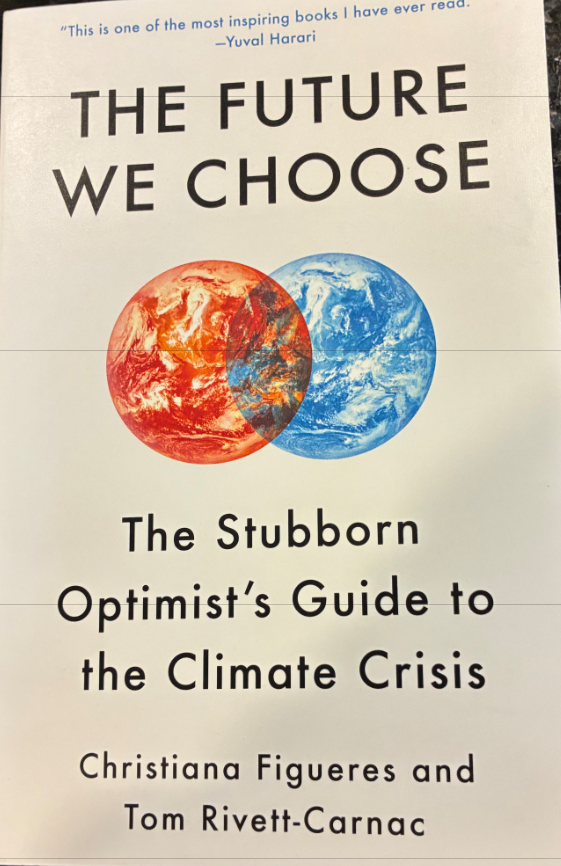Commentary
Future Thanksgivings Threatened by Climate Change

Editor’s note: This is one in a continuing series of educational opinions about fostering environmental stewardship and leadership coordinated by ACES — The Alliance of Climate and Environmental Stewards.
For many Americans, the Thanksgiving meal includes seasonal dishes such as roast turkey with stuffing, cranberry sauce, mashed potatoes, and pumpkin pie. When the Pilgrims arrived at Plymouth in 1621, the Wampanoag contributed their ingenuity in preparing New England’s first autumn harvest feast.
Traditional feasts like ours are threatened by climate change and we really need to begin addressing the problem. There is a coming crisis of food security challenges that has implications for local agriculture and fisheries.
When severe rainstorms hit New England in July, the Boston Herald noted that over 1000 acres and 75 farms had their crops destroyed in western MA. Vermont farms also suffered from flooding. When severe rainstorms pummeled New England this summer, crops across Massachusetts and Vermont were devastated.
As noted on the last World Food Day, climate change is endangering staple crops worldwide. In addition to drought and floods, we are witnessing decreases in beneficial insects and big increases in insect pests, along with mold or mildew on crops. By increasing regional food production, the carbon impact from growing and importing from outside our region can be mitigated. An array of solutions are needed to help us on this path.
First, we can “buy local” food. Join a CSA or ask your local supermarket to source more produce and meats locally. School boards and cafeteria managers should prioritize locally grown food.
Secondly, state departments of agriculture have an important role to play. They have to think in supply chain modes. Does New England have enough canning, packing, and processing capabilities? Can solar powered vertical farming ideas be brought to inner city locations? What tax and land management incentives are best? Can alternate crops and protein sources be expanded and promoted? For instance, follow New York’s lead in allowing for forest farmed venison, and promote the farm raising of rabbit and geese as is done in Europe.
Any discussion of food in New England must include seafood. As lobster populations migrate north, how will the fishery adapt? Ocean farming of kelp and mussels, aquaculture, and harvesting of sea vegetables will grow in importance. Some chefs are educating the public of the great taste of less well known and often underutilized species. Can well-regulated aquaculture gain a favorable place in the Gulf of Maine?
New England had a robust dairy industry until President Reagan signed the Food Security Act in 1985 which encouraged industrialized agriculture toward the west and Midwest. That one law reduced food capacity in our region dramatically. It should be revisited by our Congressional delegations.
Lastly the region’s governors should consider holding an annual New England Food Security conference to get testimony from experts, with the goal of protecting us from global supply chain shocks that are likely to worsen over time.
ACES team members would like your thoughts on this issue. Are you a restauranteur or chef? Do you raise some of your own food or keep backyard chickens for eggs? Drop us a note with your ideas on how individuals and communities can manage this threat at acesnewburyport@gmail.com. Let’s work together to ensure our food remains as diverse and local as possible and to fortify our traditional values against global food insecurity.
To learn more about ACES and its Initiatives, visit https://www.aces-alliance.org.
.svg)


